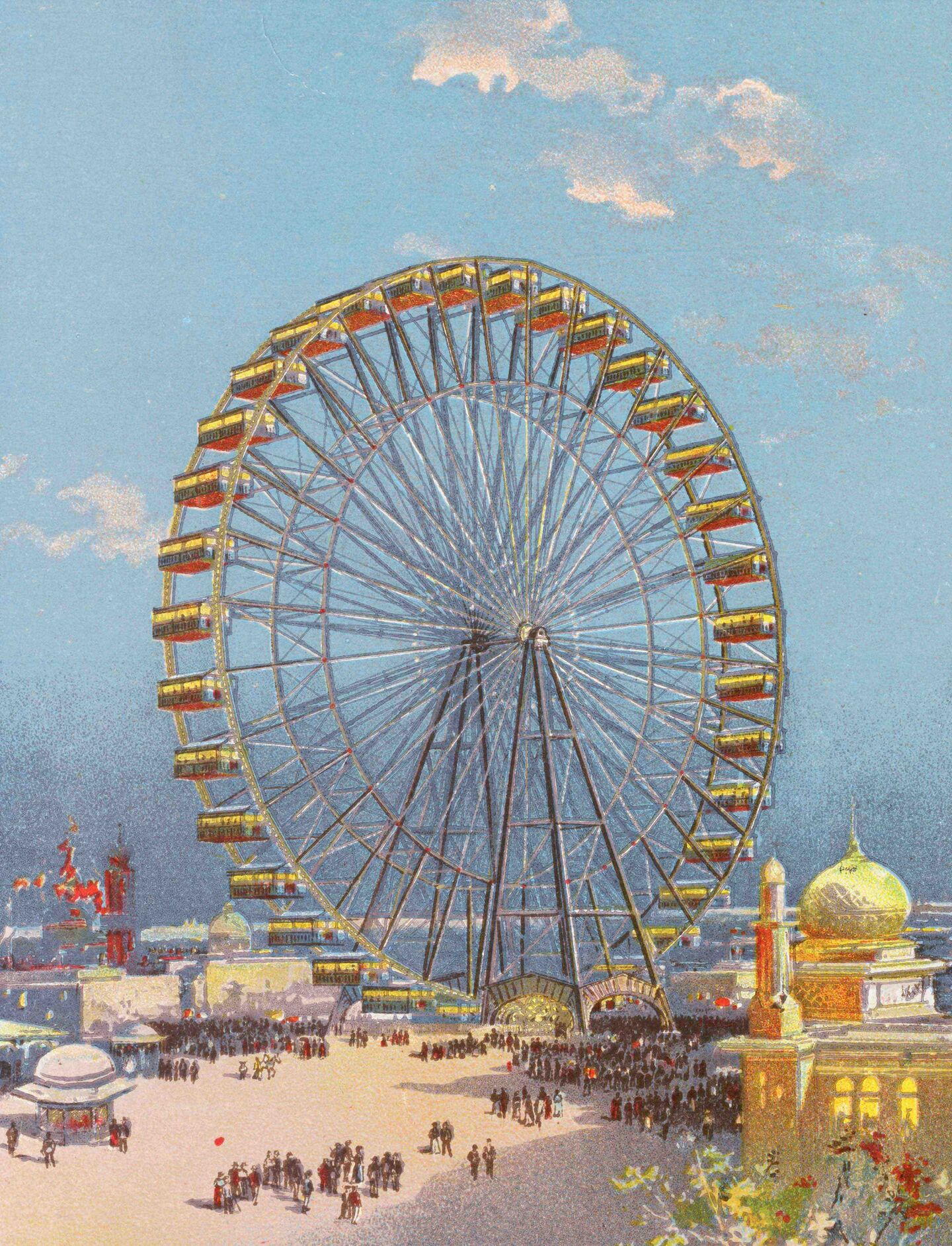How to Find and Repair Basement Foundation Cracks in Lincoln Park 60614

Chicago’s Lincoln Park neighborhood is known today as one of the city’s most desirable areas in which to live. Varied housing stock, ranging from greystone mansions to modern condos and excellent public schools are among the many attractions.
The history of Lincoln Park began with a small army post built in a forest clearing and inexpensive land that compelled settlement. Immigrants, first from Poland and later Puerto Rico, colonized Lincoln Park. The neighborhood experienced a period of urban blight in the 1950s and 60s followed by an incredible resurgence to its current status.
One little known fact about Lincoln Park has to do with the world’s first Ferris Wheel, designed and built for the 1893 Columbian Exposition on the Midway Plaisance in Chicago. When the Exposition closed in 1894, the wheel was dismantled and rebuilt in Lincoln Park, at what is today the east side of Clark Street at Wrightwood Avenue. The wheel operated there in a small amusement park until 1903 when it was again disassembled and moved to St. Louis for the 1904 World’s Fair.
Today’s Lincoln Park is primarily a commercial and residential neighborhood and residents experience both the joys and travails of urban home ownership, including that moment of panic when they discover a crack in their basement wall.
Finding and Repairing Basement Foundation Cracks in Lincoln Park
There are two types of basement foundation cracks found in Lincoln Park homes, structural and non-structural. Whereas both indicate problems that need repair, a non-structural crack is the less serious of the two.
Non-structural cracks can be caused by settlement or lateral pressure from over-saturated soil. They are generally narrow (less than 1/8”), more or less vertical and do not typically appear in a pattern. Non-structural cracks may be seeping water. In a masonry wall, non-structural cracks will occur in mortar joints in a stairstep pattern.
Structural cracks are usually wider than 1÷8” and do occur in a pattern. In a poured concrete wall, there is typically a center vertical crack, one angled across each upper corner and vertical cracks on the outside where the damaged wall and adjacent walls meet. In a masonry wall, the cracks follow the stairstep pattern but will be accompanied by a bulge or a bowed area in the center of the wall.
Repairing a non-structural crack can be done quickly and cost-effectively. Seepage from one of these cracks is best stopped by injecting it from the inside with expanding polyurethane that will fill and seal it all the way to the outside soil and remain flexible to avoid re-cracking. The crack can also be repaired from the exterior by creating a barrier of sodium bentonite clay.
There are two current methods for repairing a structural crack that are not so much about repairing the crack itself but stabilizing the wall in which it occurs. Structural cracks indicate wall movement and a wall that has moved inward less than two inches can be stabilized and permanently repaired by epoxying carbon fiber strips to the wall in locations and with spacing based on engineering data.
If the wall has moved more than two inches, it will require the installation of low-profile channel steel that is secured top and bottom to stabilize the wall and prevent further movement.
Regardless of the nature or severity, a Lincoln Park homeowner who discovers a crack in his or her basement foundation wall will need professional advice and assistance. At U.S. Waterproofing we draw on 57 years of basement waterproofing experience to permanently repair non-structural cracks and on the expertise of our foundation repair team to employ the latest techniques and engineering data to stabilize foundations permanently, cost-effectively and with a minimum of inconvenience. Why not ask for our free advice?




